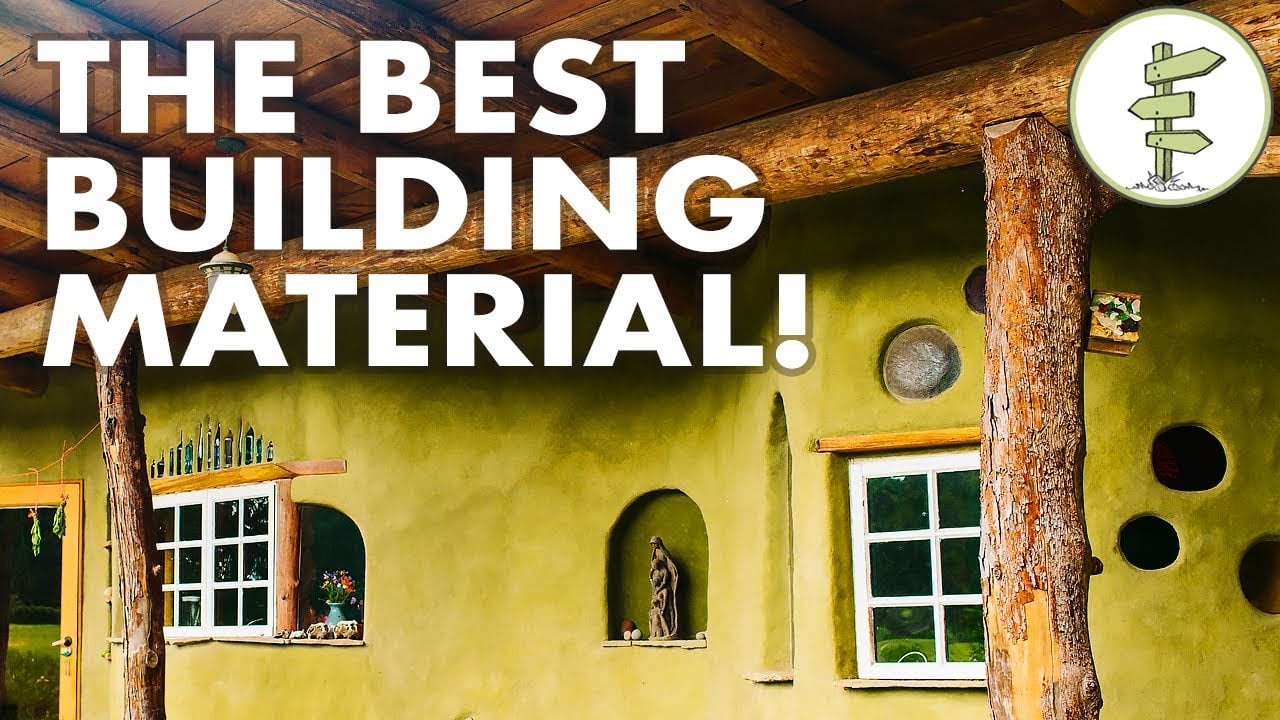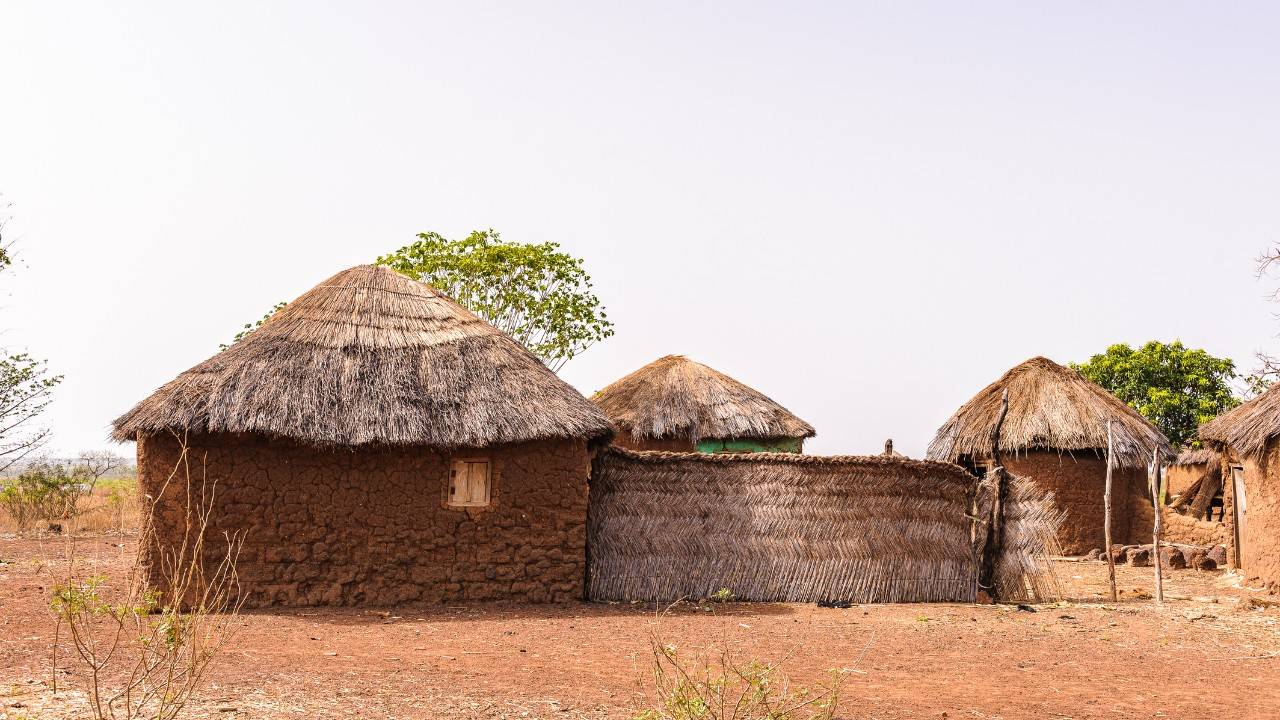The main ingredients for making cob are clay, sand, and straw, which means your building material costs next to nothing, while also having extremely low environmental impact.
Cob walls also provide an excellent thermal mass, which means they retain heat for a long time, and are also cool during summer months. If built on passive solar principles, such a home can be very energy-efficient.
According to Exploring Alternatives, cob houses are known to be surprisingly durable. The oldest cob house still standing is believed to be around 10,000 years old.
It shouldn’t be a surprise, since cob walls are both termite proof and fireproof.
Bryce Ehrecke from Dreamweavers Collective, a third-generation cob builder, says that cob houses used to be found throughout England and Wales but they are basically the same thing like Adobe and a lot of African homes.
For building a cob house, Bryce uses a ratio of three parts sand, one part clay and one part straw.
Cob as a material also has an aesthetic beauty. It’s very sculptural so you can shape it any way you want, and once it hardens it becomes monolithic, and able to withstand almost any kind of weather.
With the kind of site impact and energy that building a conventional home requires, not to mention all the different trades, it’s clear why cob homes are making a big comeback.
Watch the video from Exploring Alternatives below.



